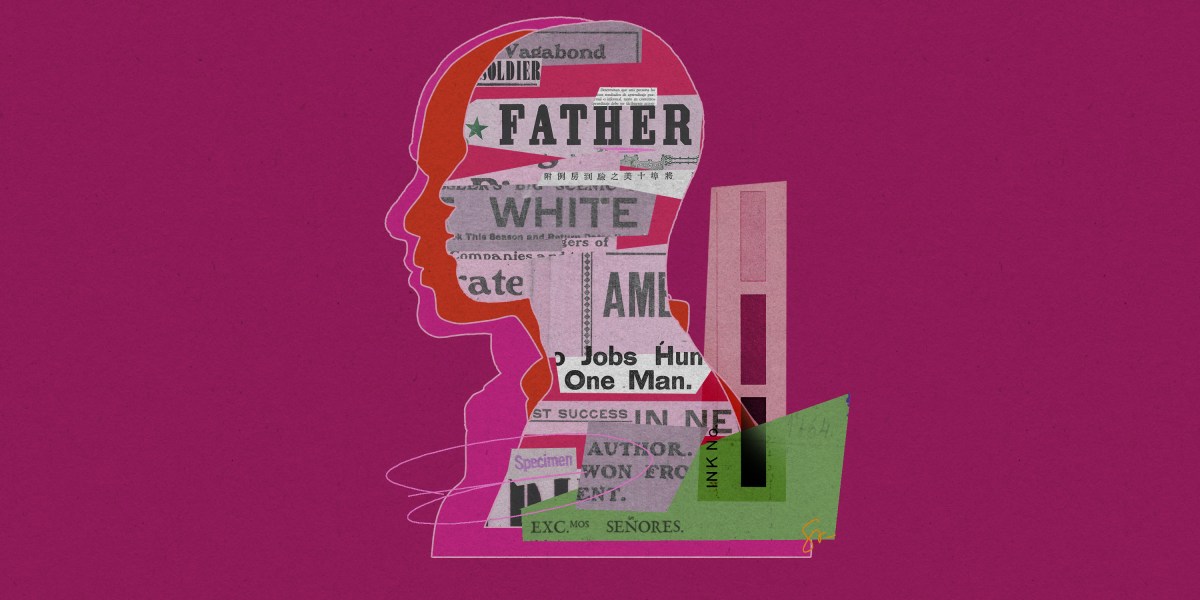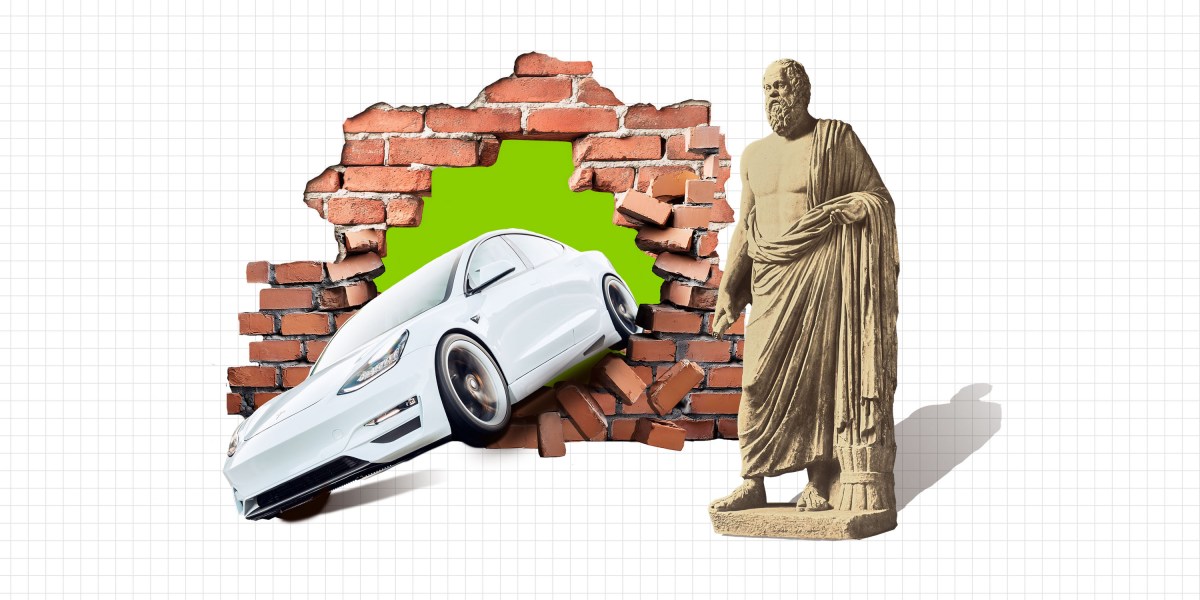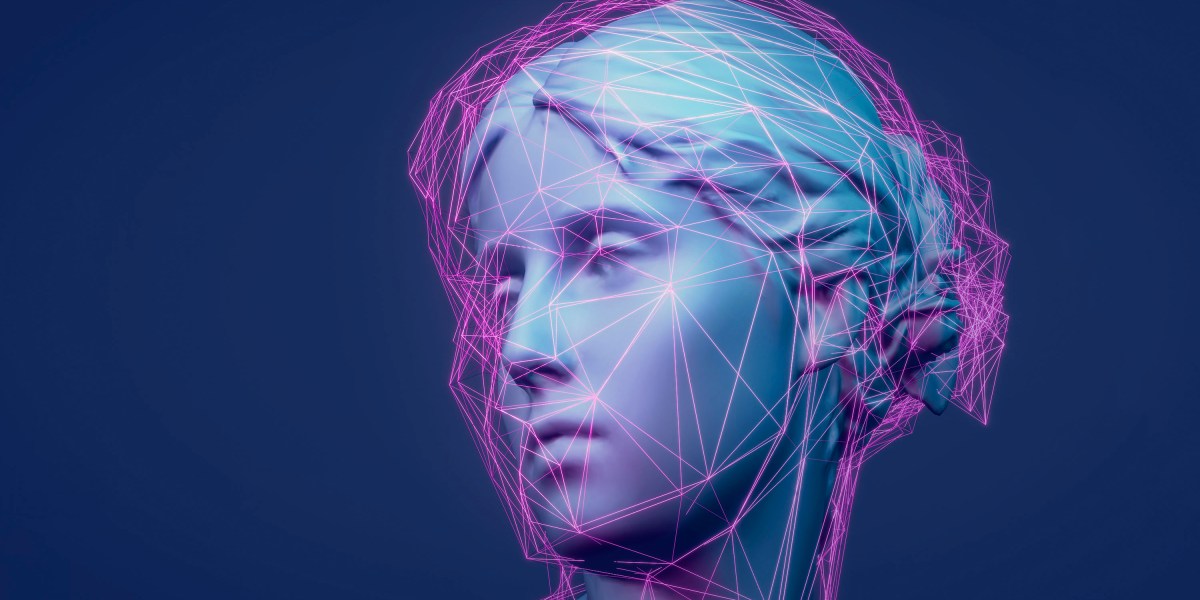“I hope that people use [SHADES] as a diagnostic tool to identify where and how there might be issues in a model,” says Talat. “It’s a way of knowing what’s missing from a model, where we can’t be confident that a model performs well, and whether or not it’s accurate.”
To create the multilingual dataset, the team recruited native and fluent speakers of languages including Arabic, Chinese, and Dutch. They translated and wrote down all the stereotypes they could think of in their respective languages, which another native speaker then verified. Each stereotype was annotated by the speakers with the regions in which it was recognized, the group of people it targeted, and the type of bias it contained.
Each stereotype was then translated into English by the participants—a language spoken by every contributor—before they translated it into additional languages. The speakers then noted whether the translated stereotype was recognized in their language, creating a total of 304 stereotypes related to people’s physical appearance, personal identity, and social factors like their occupation.
The team is due to present its findings at the annual conference of the Nations of the Americas chapter of the Association for Computational Linguistics in May.
“It’s an exciting approach,” says Myra Cheng, a PhD student at Stanford University who studies social biases in AI. “There’s a good coverage of different languages and cultures that reflects their subtlety and nuance.”
Mitchell says she hopes other contributors will add new languages, stereotypes, and regions to SHADES, which is publicly available, leading to the development of better language models in the future. “It’s been a massive collaborative effort from people who want to help make better technology,” she says.



